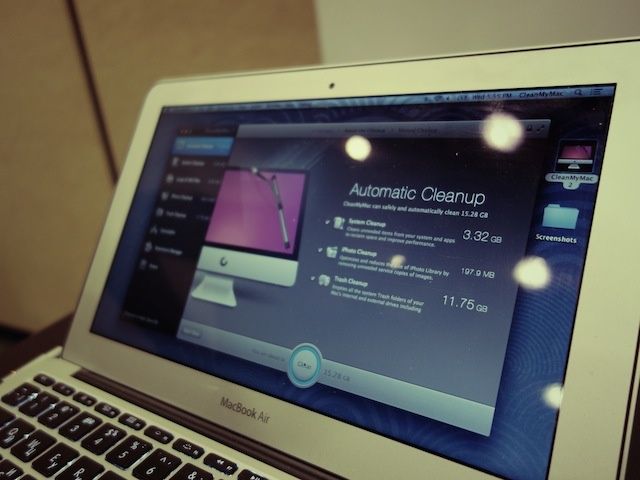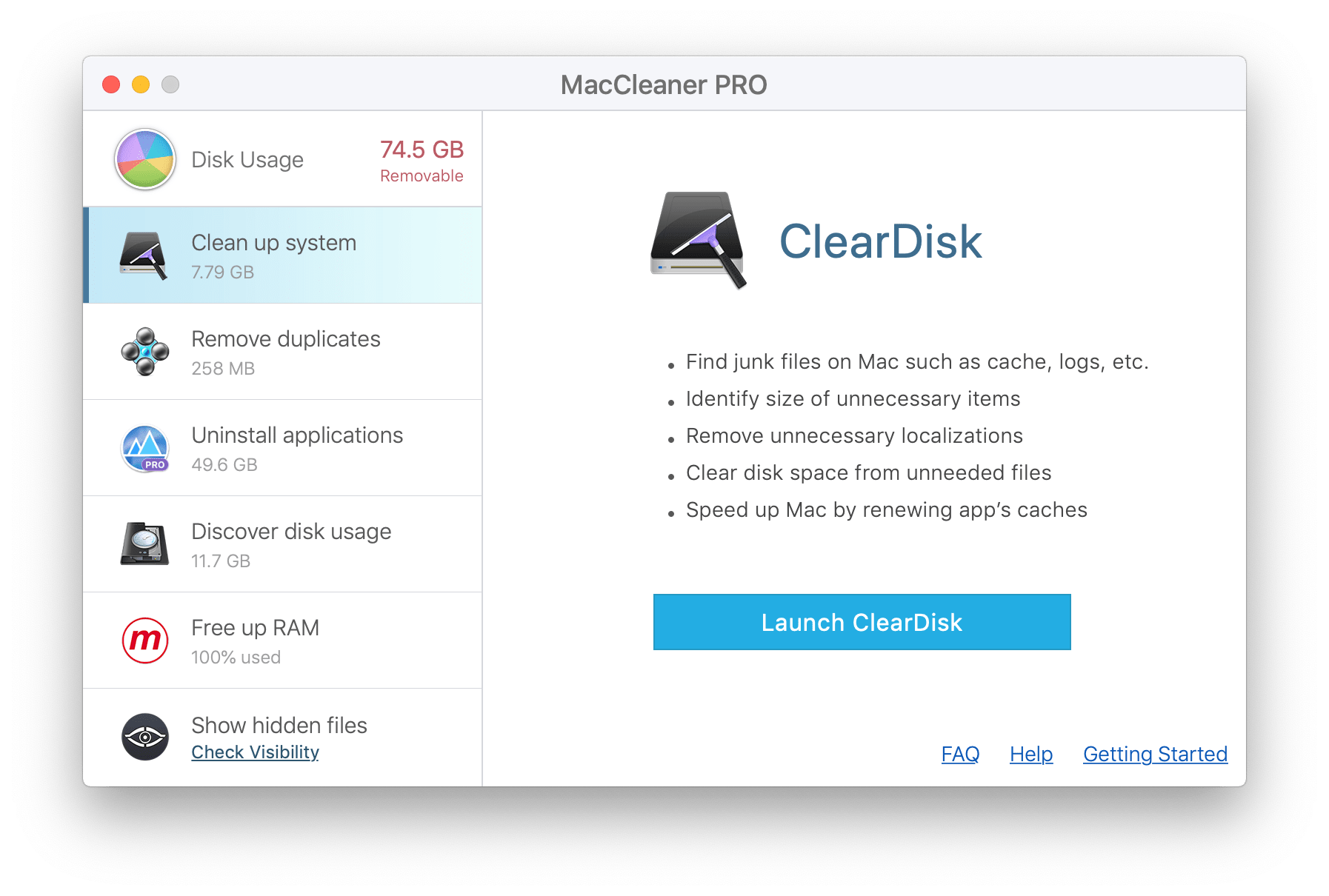
One thing we will do first is cleaning our code that is cached when we build our iOS apps. Most of the next chapters come from analysis of data that I got from it. I recommand you to use this command wherever you can if you want to investigate by yourself what directory takes the more space in your computer. Really useful to know by yourself what files/folders taking the more spaces on your computer.

In our case we tell it to get the size of each directory present in the current path (++code>-maxdepth 1 -mindepth 1++/code>) only, and to sort it by size ( ++code>sort -r -h++/code>).Īt the end, this bash command will list the files with their sizes associated sorted from the biggest one to the smallest one in the current directory. The find utility recursively descends the directory tree for each path listed. maxdepth 1 -mindepth 1 -type d -exec du -hs + | sort -r -h We are going to delete a lot of cached data, and you probably want to not lose all your work ? A useful bash commandīefore digging into the actions I've taken, there is one command you MUST know when you want to find what files and folders are taking spaces on your machine:

Before starting, be sure that all the apps you have developed have their code under a version control system.


 0 kommentar(er)
0 kommentar(er)
